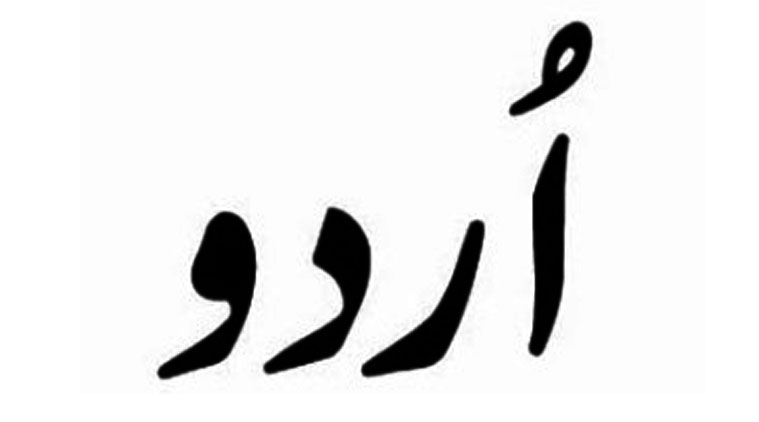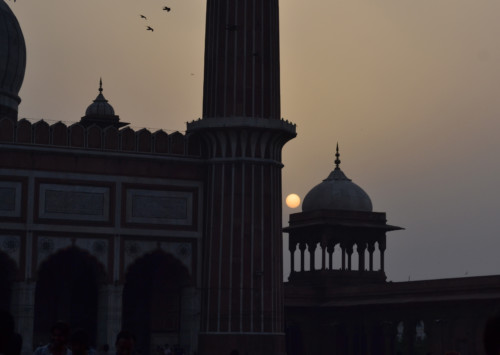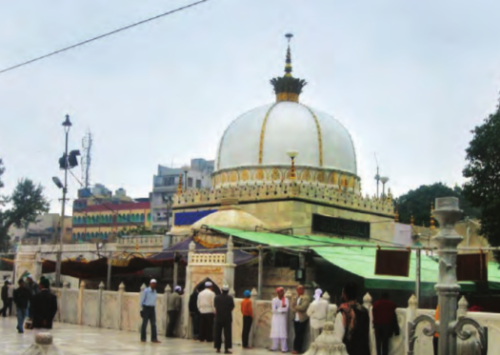Tales of Urdu
It’s the story of an Indian language that evolved with the waves of culture and time, and the storytelling forms that never fail to garner applause and love. Urdu, as we all know it, is richer than we think it is.
How the Indian language of Urdu was born is quite a story in itself. It’s said to be a hybrid of Persian, Arabic, Pashto and Turkish, evolved by the soldiers of these descents, who came to the Indian subcontinent with their leaders and surfaced a way to communicate with each other.
Interestingly, the language also has traces of Portuguese and English languages and, to a minor extent, of Dutch and French. Keep at bay the linguistic influences and the Urdu grammar has strong elements borrowed from Farsi.
But, as the language developed and began to be adopted across India, it was, to a great deal, overshadowed by Hindi. No doubt it’s origin is said to have the Hindi dialect and many of its idioms and words are borrowed from Hindi.
Initially only used by the ones who developed it, Urdu with the wave of time and culture grew into a literary language and ultimately into one of the most cherished languages for storytelling. Its Persian and Turkish influences were the embellishments it carried, progressed with and re-emerged as a resonant language.
Mellifluously recited sagas
The beginnings of literature many a times are to be found in poetry. So is true in case of Urdu. But, when it comes to this language, prose and poetry seem equally rhythmic.
“Fasana, literally a fantasy tale, is a pre-modern form of storytelling. It is different from Afsana, which are short stories, and could be related to modern novels,” Rakshanda Jalil, a writer and literary historian explains to us while talking about these two popular forms of Urdu storytelling.
“But, the Fasana is more like one story coming out of the stomach of another story or a cyclical pattern of stories, unlike the usual beginning, middle and end that the modern stories have,” she elaborates.
Although both the forms of Urdu storytelling remain popular among the language’s enthusiasts, Jalil is trying to make them visible in the mainstream cultural sphere, where such ethnic forms seem to have been displaced.
Jalil also enlightens us with the concept of Daastan, which is a long format storytelling in which various anecdotes are linked together. The structure of a Daastan is now replicated by novelists to tell modern stories.
But, what separates Urdu storytelling from others is the poetic contouring that is evident even on long-form stories.
And, when it comes to poetry, Urdu connoisseurs reel in the sagas of love, war, humour, eroticism, anguish and protest through the brilliance of Urdu words and the craft of writers. Stereo-typically, followers of Urdu poetry and other literary enthusiasts speak of Urdu poetry only in context of love, romance and the plights of lover, of which only the opposite is true as all these other forms too have their space in the little world.
Urdu poetry had modelled itself upon Persian poetry and has a great Persian significance with words heavily borrowed from the language. Urdu poets did so as they found the Persian words easy to amalgamate in the stories that they wanted to recite in a particular way.
“No doubt, the language speaks of a mixed culture; in fact, it has been born out of varied cultures and no one can set those apart,” says Azhar Iqbal, Secretary, Harafkaar Foundation.
A poet himself, Iqbal talks to us of mushayara, a sitting of Urdu poets where they reel in shayari, ghazals and nazms.
“A ghazal comprises of five couplets of two liners, which are known as sher whereas a nazm is a long poetry with 10-20 verses all saying of only one idea,” he explains us, talking of what the audiences usually applaud over.
Mushayaras in India usually garner aficionados of Urdu literature and poetry, but, with the efforts of people like Jalil, the ‘poetry slams’, if we may call them, are attracting art and poetry lovers who may or not be well- versed with the language, but they do not fail to comprehend a heart-felt story.













